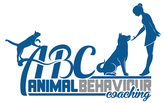 Do you have a dog or cat with behaviour problems? Have you taught your pet the basics but just not sure how to take that next step with your training? Then book a consult with Dr Emma Vermeeren from Animal Behaviour Coaching whilst she visits the Island from the 1st – 5th of May 2020. Many of you may remember Emma, Deb and Greg’s daughter, who is now a veterinarian and certified dog trainer practicing in Keith, SA. Emma is passionate about educating pet owners and ensuring that everyone has ready access to the most humane, up-to-date, and scientifically proven training methods. Emma also has experience and further education in diagnosing and treating dogs and cats with behavioural issues, including phobias, anxiety, and aggression.
1 Comment
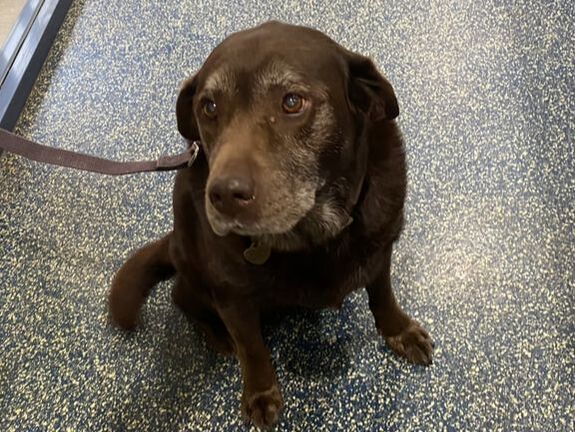 Cassie Handley is a 13 year old Labrador who has been a patient at the clinic since she was a puppy. She visited the clinic for her annual vaccination in July last year. At this visit Cassie’s dad was a bit worried that Cassie had put on a lot of weight (6 kilograms or 21% increase since the last visit 6 months previously) and that she seemed to be quite lethargic. Dr. Liberty Hogg examined Cassie and had a discussion with Cassie’s dad about our health care recommendations for ageing pets. A blood screen was performed and the results confirmed Dr Hogg’s suspicion that Cassie was suffering from hypothyroidism (under activity of the thyroid glands). This means her thyroid glands were not producing enough thyroid hormone, a hormone that is important for controlling the body’s metabolism. Ninety percent of all cases of hypothyroidism in dogs is caused by inflammation or shrinkage of the thyroid gland generally due to an autoimmune condition. Rarely it can be caused by cancer. 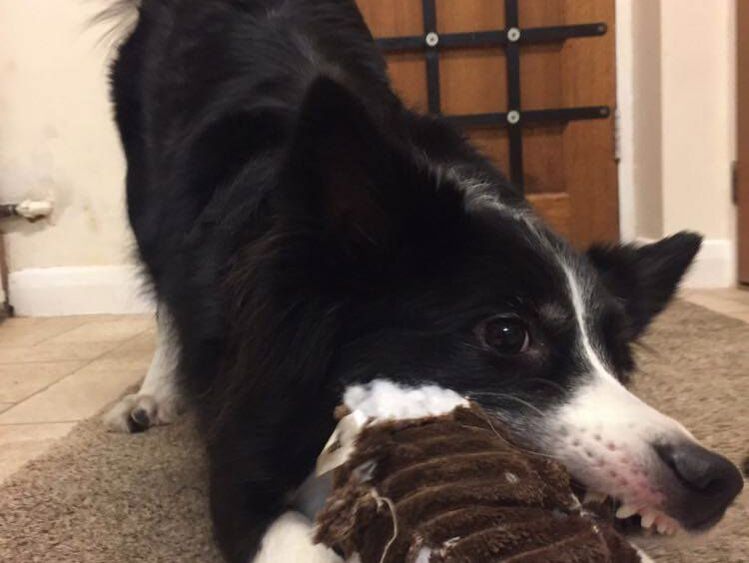 For full descriptions of all of the exercises below please visit: https://www.animalbehaviourcoaching.com.au/blog/stay-at-home-enrichment Stay-at-home enrichment activities are suitable for any dog to try as an addition to regular exercise, or as a substitution for those dogs that cannot be exercised due to illness or injury, cannot be walked for the safety of themselves or others, or for dogs whose owners are unable to exercise them. When determining the best suited enrichment activity for your dog, you will first need to observe how your dog interacts with its environment. You then need to develop activities to enhance the environmental and behavioural opportunities for your dog in its daily activities. Your dog is more likely to succeed at activities that it naturally finds enjoyable. The ideas provided are by no means an exhaustive list, and not all activities will be suited to all dogs or situations. It is important that you trial different ideas, under supervision initially, to determine what works best for you and your dog. The team at the Kangaroo Island Veterinary Clinic would like to say a big THANK YOU to everyone that donated money to help treat animals affected by the fires in January.
In total, we administered treatments to the value of nearly $80,000 to a range of pets, working dogs, farm animals and wildlife that we deal with every day. This was a busy and distressing time for the team, with one member also losing her house in the fires. The donations received, which totalled nearly $30,000, and the generosity shown were a great help to the team and team morale and to all of the animals that needed care. The vast majority of the animals seen and treated by the Clinic team made a full recovery from their injuries thanks to the generosity of those who contributed in this time of need. Once again – THANK YOU. The American Veterinary Medical Association (AVMA) reports, ‘Infectious disease experts and multiple international and domestic human and animal health organisations agree there is no evidence at this point to indicate that pets become ill with COVID-19 or that they spread it to other animals, including people.’
All current evidence supports the fact that the spread of COVID-19 in the human population is due to close human to human contact and that there is no evidence that pets are capable of spreading the disease to humans. The reported case of the 17-year-old Pomeranian dog in Hong Kong that had initially been suspected of contracting the virus after contact with an infected human, has since been shown, by follow up testing, to not have any measurable antibodies to the virus. As yet, it is unclear whether the dog was truly infected or not. I would like to appeal to all pet owners to not do anything rash that would compromise the welfare of their pet during the current situation.  Congratulations to the eight puppies that recently completed a A Beginner Course for Dogs at the clinic. All puppies (and owners) made great progress throughout the puppy training program and learnt valuable skills such as eye contact, sit, drop, settle on mat, walk on a loose lead, and stay. Puppies also learnt that the vet clinic can be a happy place full of treats and fun where they can socialise with others. Their owners even learnt a few things about health and husbandry, what to do with undesirable behaviours (such as jumping up, mouthing, and digging), how to prepare their puppies for vet visits, and environmental enrichment. 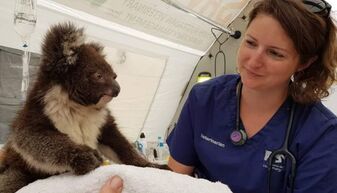 Published in the Australian Veterinary Journal March 2020 On Kangaroo Island, in addition to the tens of thousands of livestock which perished, initial estimates suggest up to 70% of wildlife on the island was lost. The Kangaroo Island fires escalated rapidly when a south-westerly change with dry lightning caused the fire to spread catastrophically. Two-thirds of the Island burned out of control for 22 days. Dr Felicity Stoeckeler from Kangaroo Island Veterinary Clinic was on the frontline of the wildlife response, and explained that the enormous numbers of wildlife affected would have quickly overwhelmed the capacity at the vet clinic, so the Kangaroo Island Wildlife Park owners stepped forward and began building enclosures as quickly as the animals were arriving. What is it and what can I expect if my horse has sand colic?
Sand colic is a common problem on Kangaroo Island due to the sandy nature of our coastal soils. Horses that are more prone to ingesting large amounts of sand include those that are underfed, fed on the ground, or live in overstocked, overgrazed pastures in sandy areas. Sand is very irritant to the lining of the digestive tract and can result in chronic diarrhoea and ill thrift. Life-threatening colic due to sand ingestion results when an impaction, digestive tract blockage due to enterolith (giant sand rock), or volvulus (twisted bowel) occurs.
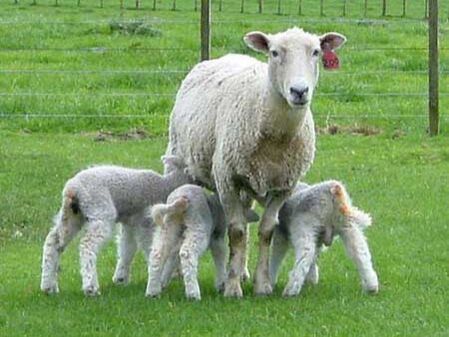 Pregnancy testing in ewes is performed via trans-abdominal ultrasound. The ideal time for this procedure is from 45 days of gestation (7 weeks after rams out). Scanning for empty / pregnant or for multiple pregnancy can be performed and a report and interpretation of results should be provided. Pregnancy testing can also be used as one part of an investigation of poor reproduction performance in a flock. The decision to pregnancy scan ewes, either for empty/pregnant or multiples, is an important one. The economic benefit of pregnancy scanning is greater in situations where there are more dry ewes in the mob, where there are more twin-bearing ewes in the mob, and in poor seasons where a feed shortage and/or high feeding costs have been predicted. Gus is an 8 year old working kelpie. In January during the fires on a Sunday, Gus was helping to move a mob of sheep past the shearing shed. The mob looked like it was going to break on the left, so Gus headed around the mob to control the break. Unfortunately, with his concentration on the mob and moving at top speed, he failed to see a parked tractor with attached hay forks that were raised about 30cm above the ground directly in his path. Gus became impaled on the hay forks! One prong, sharp on the end but about 50mm in diameter and over a metre in length, pierced the outer thigh of his right leg, smashed the femur and exited on the inside. Gus was moving at such speed that he slid up the entire length of the prong until he reached the hay fork frame.
When the immediate threat of bush fire has abated and thoughts turn to rebuilding your grazing business, the how and how much of keeping your livestock alive and setting them up for the approaching growing season become important priorities in the list of things to do. With so much pasture and livestock infrastructure destroyed, confinement feeding of your sheep and cattle is the best choice to help you navigate the next few months.
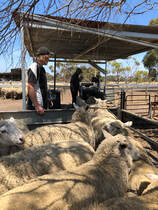 **** PLEASE NO MORE DONATED ITEMS - SEE BELOW HOW YOU CAN BE OF MOST HELP **** We have been absolutely blown away by all the people who have made contact wanting to donate and/or offer support to the Kangaroo Island bushfire affected region. We here at the Kangaroo Island Veterinary Clinic are committed to the treatment and survival of all animals; wildlife, companion animals, and livestock alike. The generosity in donating medical supplies, goods, and money to the wildlife has been in mammoth proportions, for which we thank you.  Christmas can be a great time to relax, to spend time with family and friends and to socialise and entertain. Food and drinks are often an integral part of the time spent together and very often this leads to the family pets being given food items that are not a part of their daily diet during the rest of the year. Over my time as a veterinarian, I have seen a lot of pets suffering from the consequences of dietary indiscretions in the Christmas / New Year break and at Easter time. There are a number of conditions, ranging in severity from mild and transient to severe and life threatening, that can come from feeding your pets foods and table scraps that they are not usually exposed to and you might be surprised by some of the foods that can cause injury or death. So in this article I would like to explore the “don’ts” at Christmas to make sure that your pets stay happy and well and enjoy the time that you spend with them. Selenium and Vitamin E are essential in sheep diets on Kangaroo Island, and work together to prevent and repair cell damage in the body. Deficiencies of either or both Selenium and Vitamin E can cause weaner illthrift, reduced wool production, reduced ewe fertility, reduced immune response and white muscle disease. Kangaroo Island soils are naturally deficient in Selenium whilst Vitamin E deficiency occurs mostly in weaner sheep grazing dry pastures.
Selenium is not essential for pasture growth but is taken from the soil by plants. Sheep consume selenium with the plants they eat. Vitamin E is predominantly found in green feed. Both selenium and Vitamin E are stored for a short period in the body, mainly in the liver, so a continual dietary supply of these nutrients ensures the best possible production.  Is Giving Pets as a Gift a Good Idea? We all love our pets and it stands to reason that anyone would be thrilled to receive a pet as a gift. But is it appropriate to give pets as gifts? As much as you might long to see the way some one’s face lights up when they find a puppy or kitten under the tree on Christmas morning, giving a pet is more than a photo opportunity. Pets grow up and they represent a commitment to a new family member for many years. Before dreaming up ways to surprise someone with a pet, consider whether they are ready and able to take on that kind of responsibility. You can find a lot of articles online warning against giving pets as gifts. However, studies conducted in recent years have shown that, contrary to what warnings suggest, pets received as gifts are actually less likely to be abandoned than pets either adopted or bought from other sources, including friends, pet shops, and shelters. Stick-fast flea infestation is common in backyard poultry flocks on Kangaroo Island. The flea is mostly a parasite of poultry, however it will infest any animal. Severe infestations lead to anaemia and death, especially in young chickens or ducklings. The stickfast flea is found on all classes of poultry and also on native birds. Dogs, cats, horses, sheep and numerous native animals also spread the flea and it will bite humans.
The stick fast flea has been in Australia since the early 1900s. It the 1950s, this blood sucking insect became a serious problem in the intensive poultry industry and was one of the reasons why commercial egg producers moved to battery style cages. Removal of access to the ground quickly eradicated stick fast fleas from these flocks. 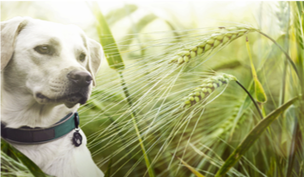 These nasty little barbs can cause pain, swelling, infection and frustration for you and your dog. Nature has designed these little arrows to stay put, and that usually means in your pet!! Common areas for seeds to penetrate skin are: Paws and between toes Under tails, armpit and groins Ears, eyes and nose Vulva and penis Your ram team is a significant financial investment in your sheep enterprise. Rams contribute half of their lambs’ genetics but they are the main driver for genetic gains in your flock. Your rams represent an investment for the future development of your flock, therefore it is vital to maintain them in good health. This will ensure a good return on your investment.
To maximise performance, it is important to assess them for breeding health well in advance of joining. This allows you time to rectify and problems or purchase replacements if required. The first inspection should be around 12 weeks prior to joining. 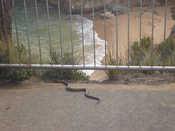 Spring has sprung and as we enter the warmer months, our resident snakes will become more active. Kangaroo Island is home to two prominent species of snake, the Black Tiger snake (not always black) and the Pygmy Copperhead snake. Both species exhibit a significant amount of variation in their appearance, however in general terms the Pigmy Copperhead adult snakes do not grow to greater than 1 metre in length. Pet owners need to be vigilant about identifying if their dog has been bitten and seeking medical advice. The chances of a successful outcome from treatment will be greatly increased by prompt diagnosis and treatment. As you may not have seen your pet get bitten there are signs that are commonly seen post bite. These include:
Follow Dr Deb Lehmann’s unique footrot eradication program to finally remove footrot from your farm. Footrot is a highly contagious bacterial infection by D nodosus causing acute lameness in sheep. "Climatic conditions on KI this spring are now ideal for footrot-associated lameness to show up and spread" says Deb. With warmth and moisture the footrot bacteria that carried through last summer hidden deep within an infected foot start to multiply. They can then leave the foot to move through moisture films on the pasture and infect the feet of other sheep. Lambs are particularly susceptible as they have thin skin and immature immune systems. Lame lambs at or after marking are often the first indication that footrot has somehow come onto a previously clean property. Footrot occurs worldwide and mainly affects sheep but can also be found in other cloven hooved animals such as goats, cattle and deer. This fact can make eradication difficult on some farms.
With Spring upon us, we’re fighting the snails off our veggie gardens. There are a number of slug and snail baits on the market, often in a pellet form made with ingredients that are attractive to dogs and every year we see very unwell dogs who have eaten the “pet safe” brands of bait.
The most dangerous ingredient in some of these baits is Metaldehyde. Many formulations of pellets, liquid, powder, granule and gel contain this toxin as it is very effective in killing snails and slugs. Unfortunately it can also kill dogs and cats. Metaldehyde effects multiple organ systems but most dramatically the central nervous system. It acts in the brain to reduce the concentrations of “GABA”, an inhibitory neurotransmitter, resulting in brain hyperactivity. The effects can occur within 30 minutes or up to 24 hours after ingestion. We typically see vomiting, hyper-salivation, anxiety, restlessness, rapid heart-rate and panting, hypersensitivity to sound and touch, and flickering eyes. Eventually it progresses to muscle rigidity, seizures, and comas. Pets can and do die from toxicity, often from respiratory failure, multi-organ failure, and blood clotting abnormalities. Animals who survive have become blind for up to 3 weeks. |
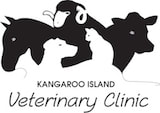

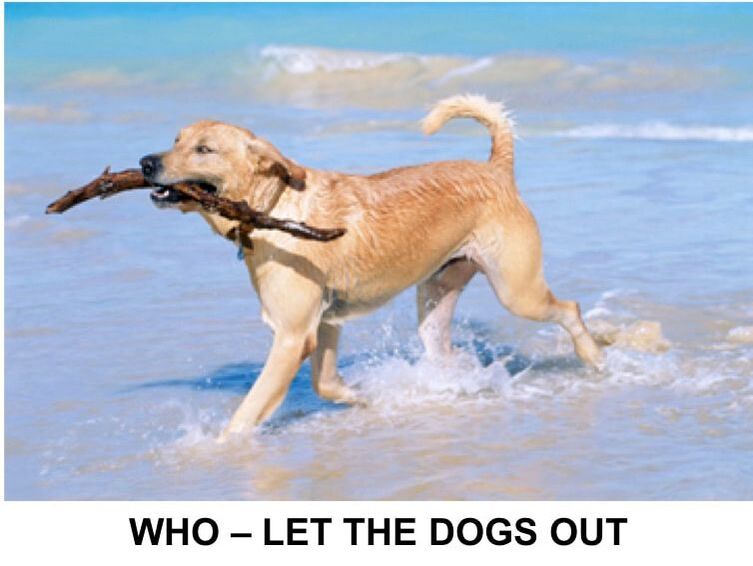
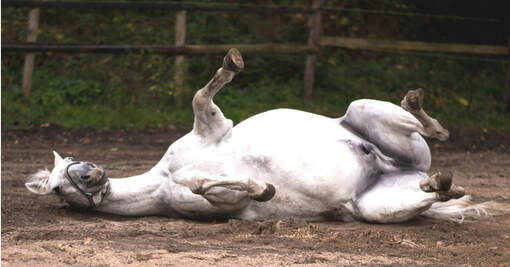
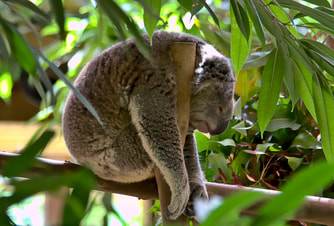
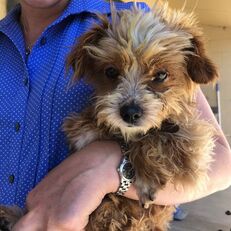
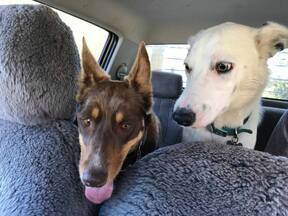
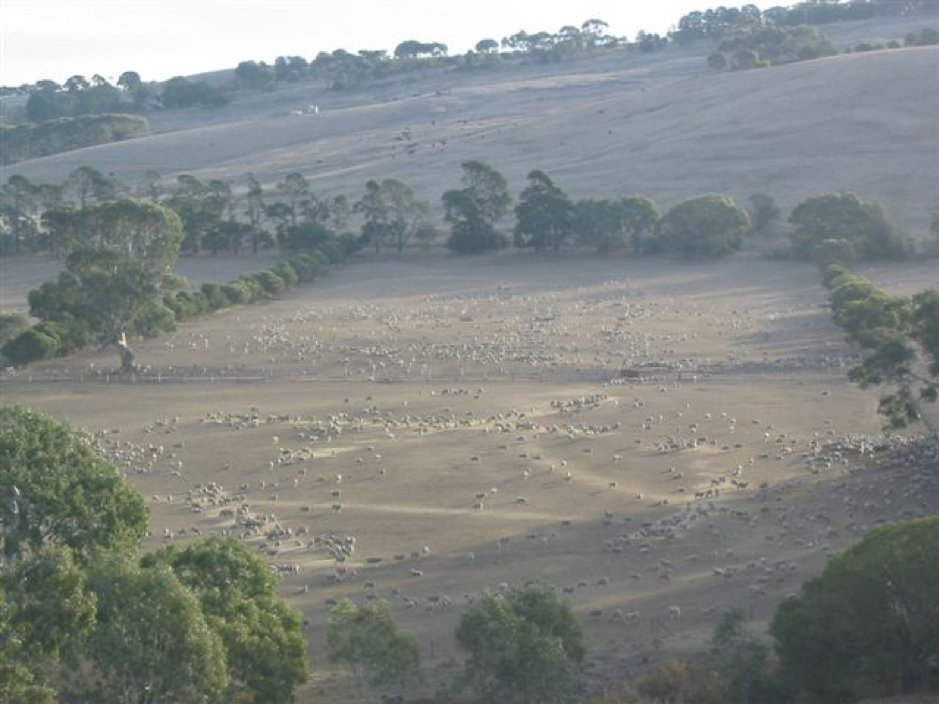
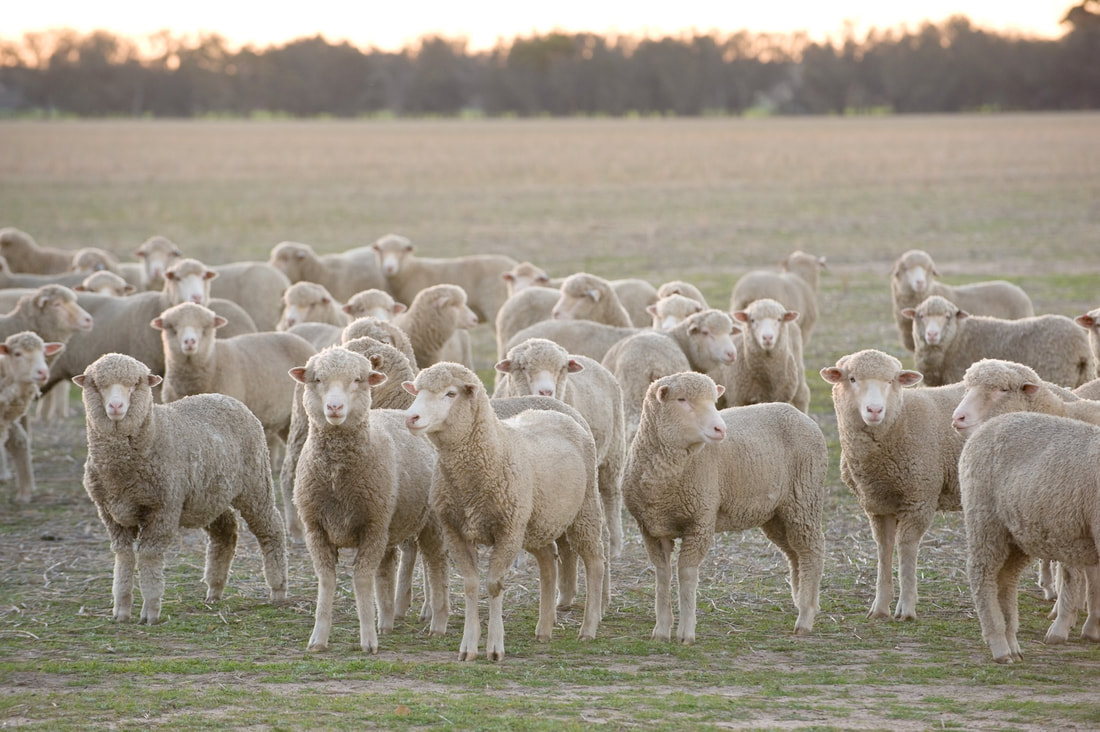
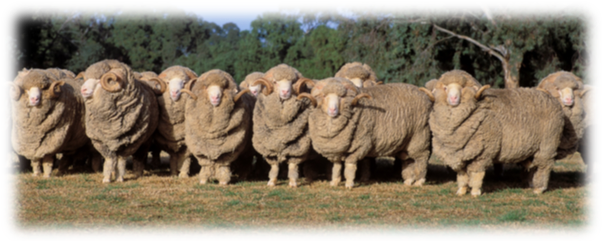
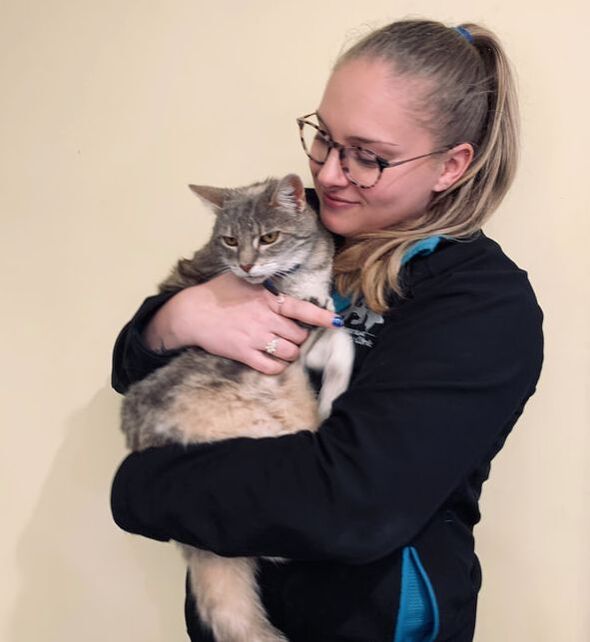
 RSS Feed
RSS Feed
